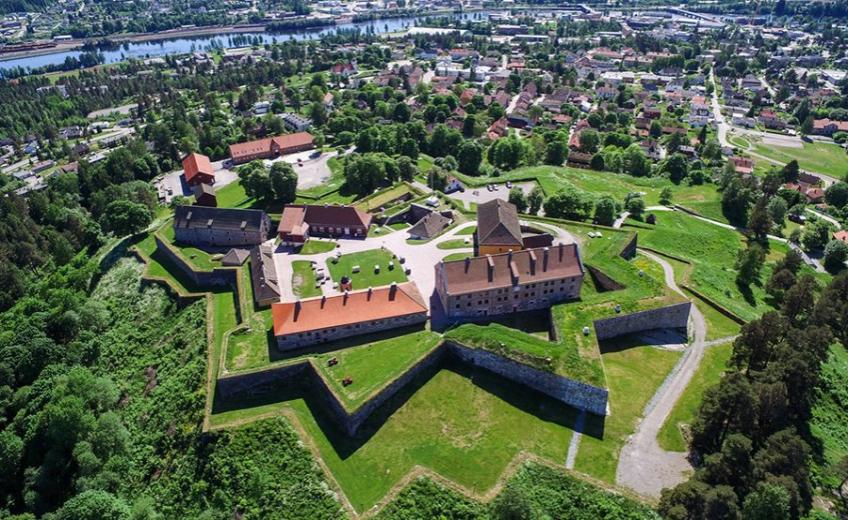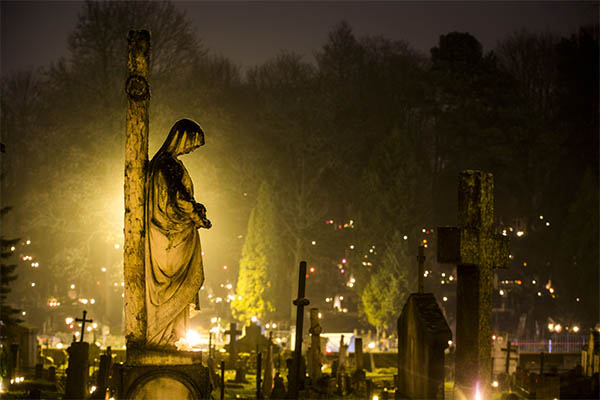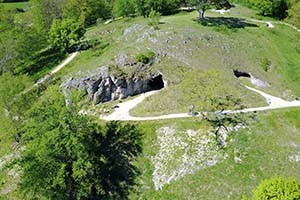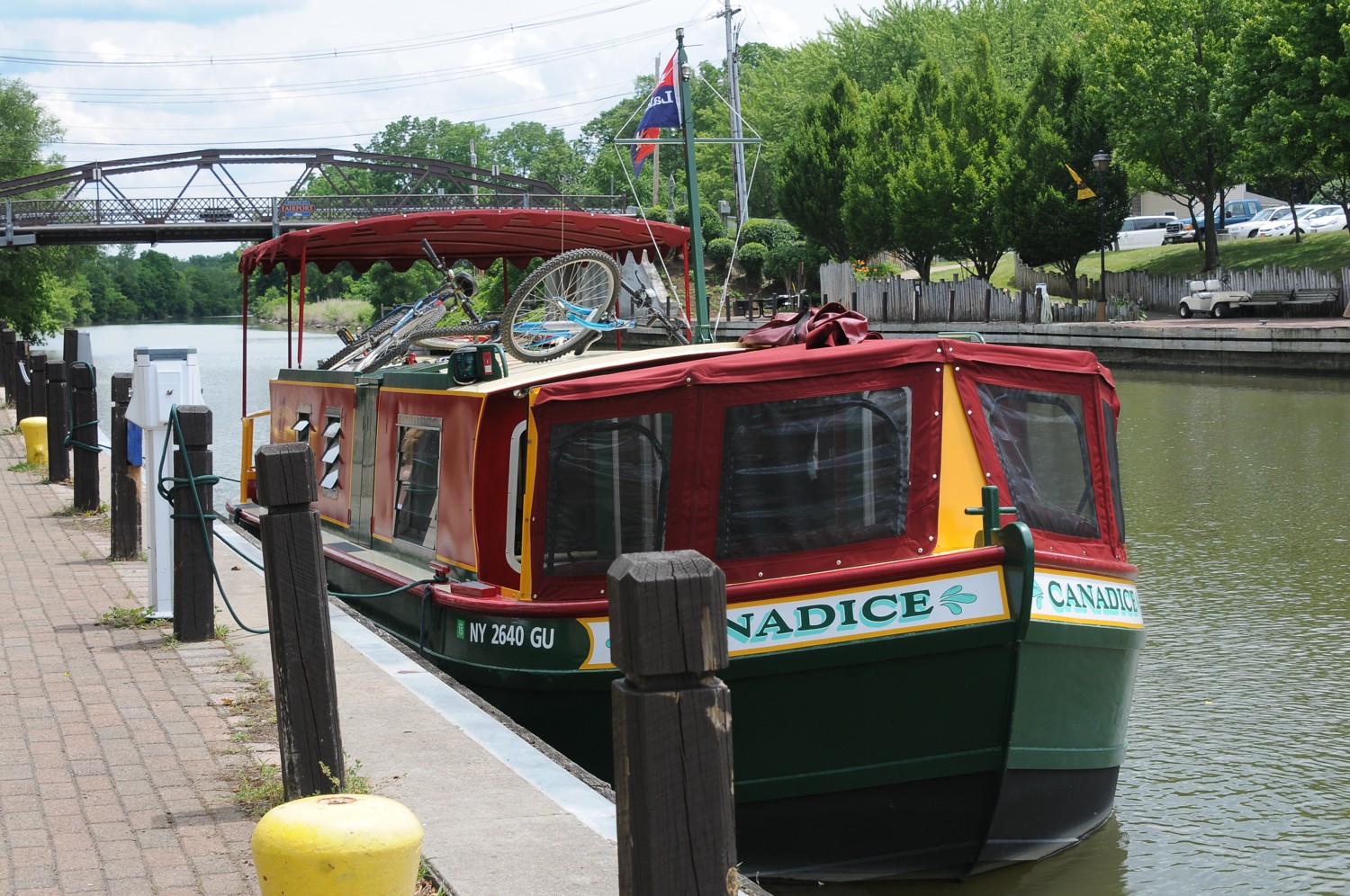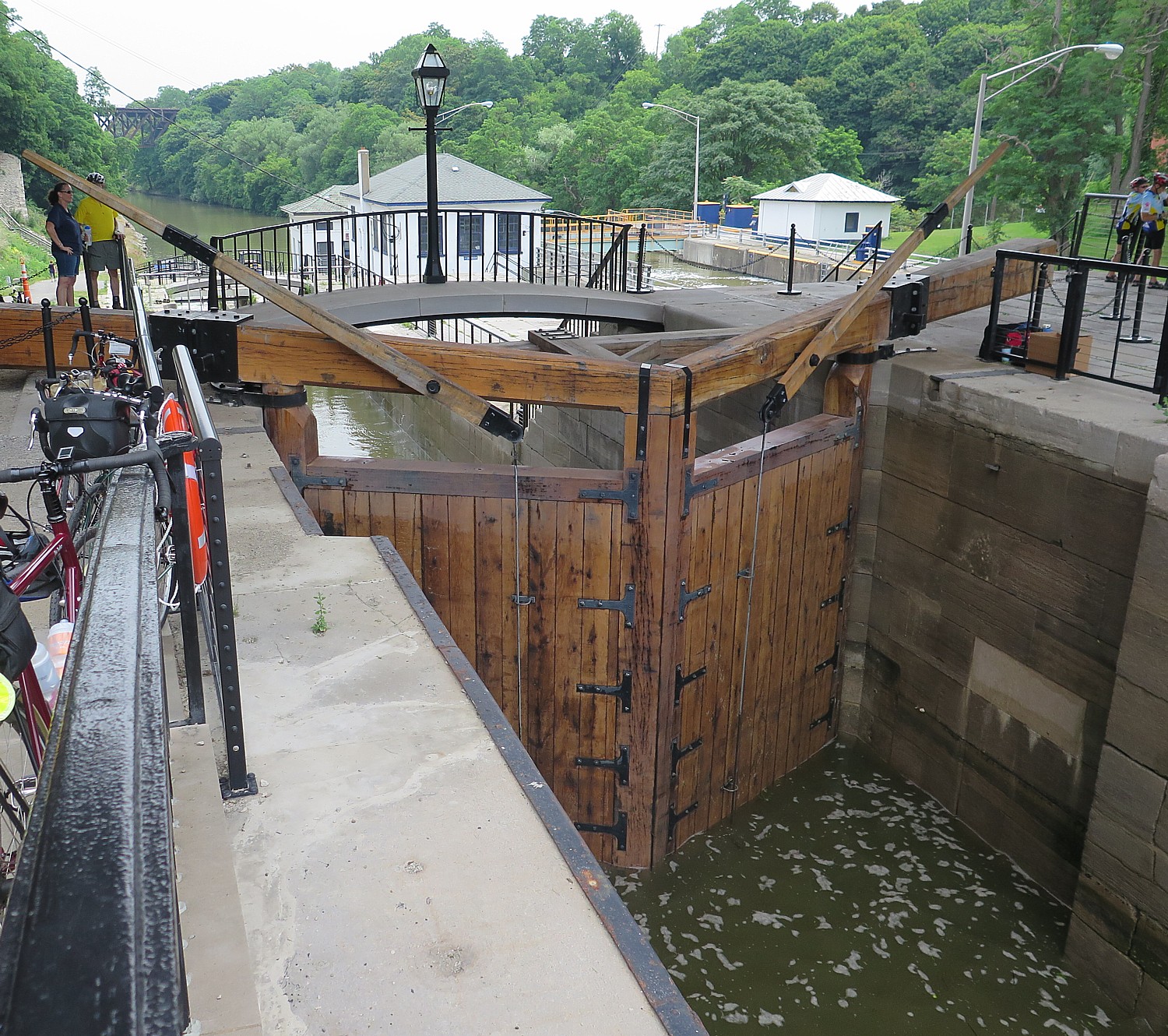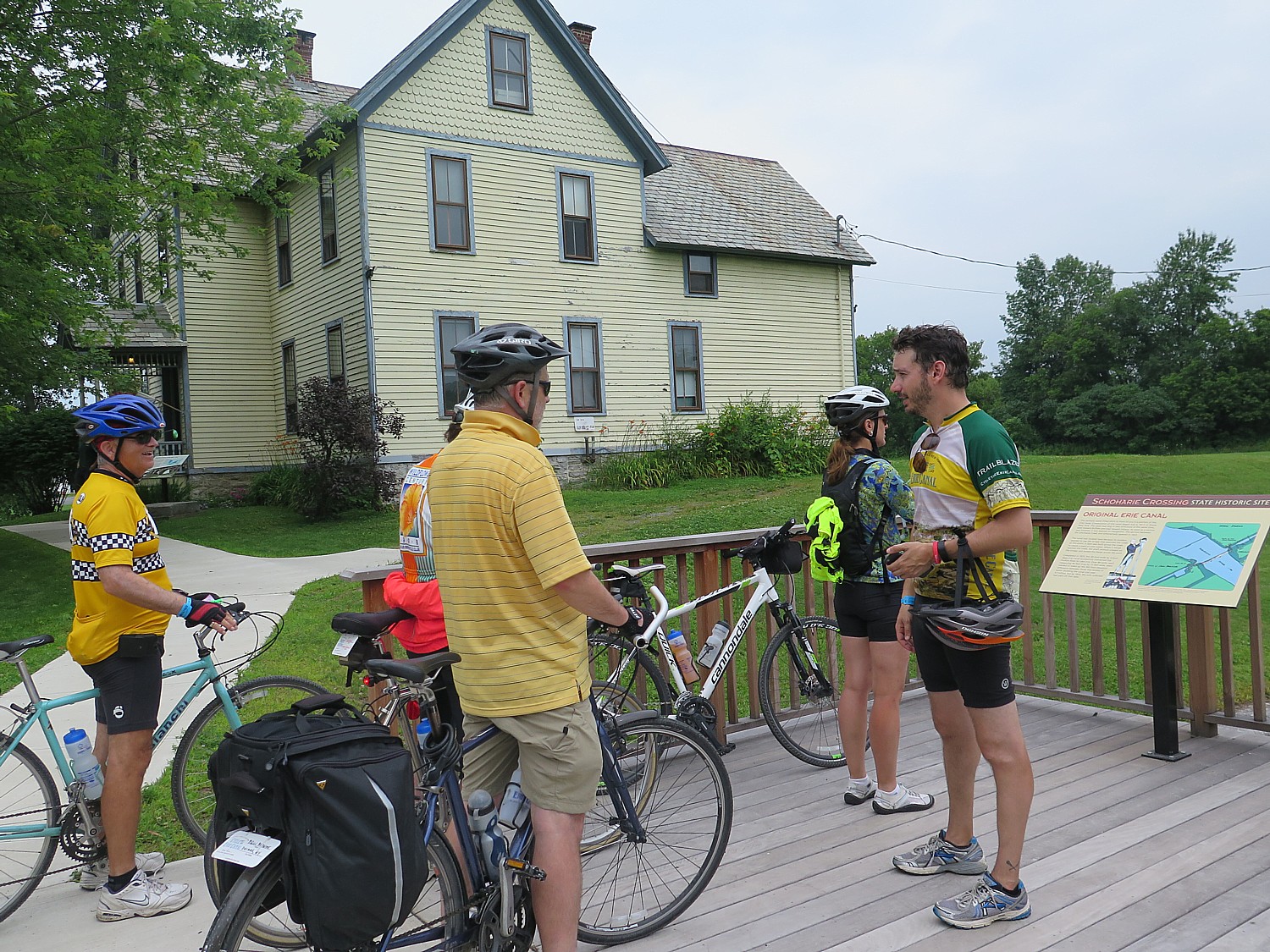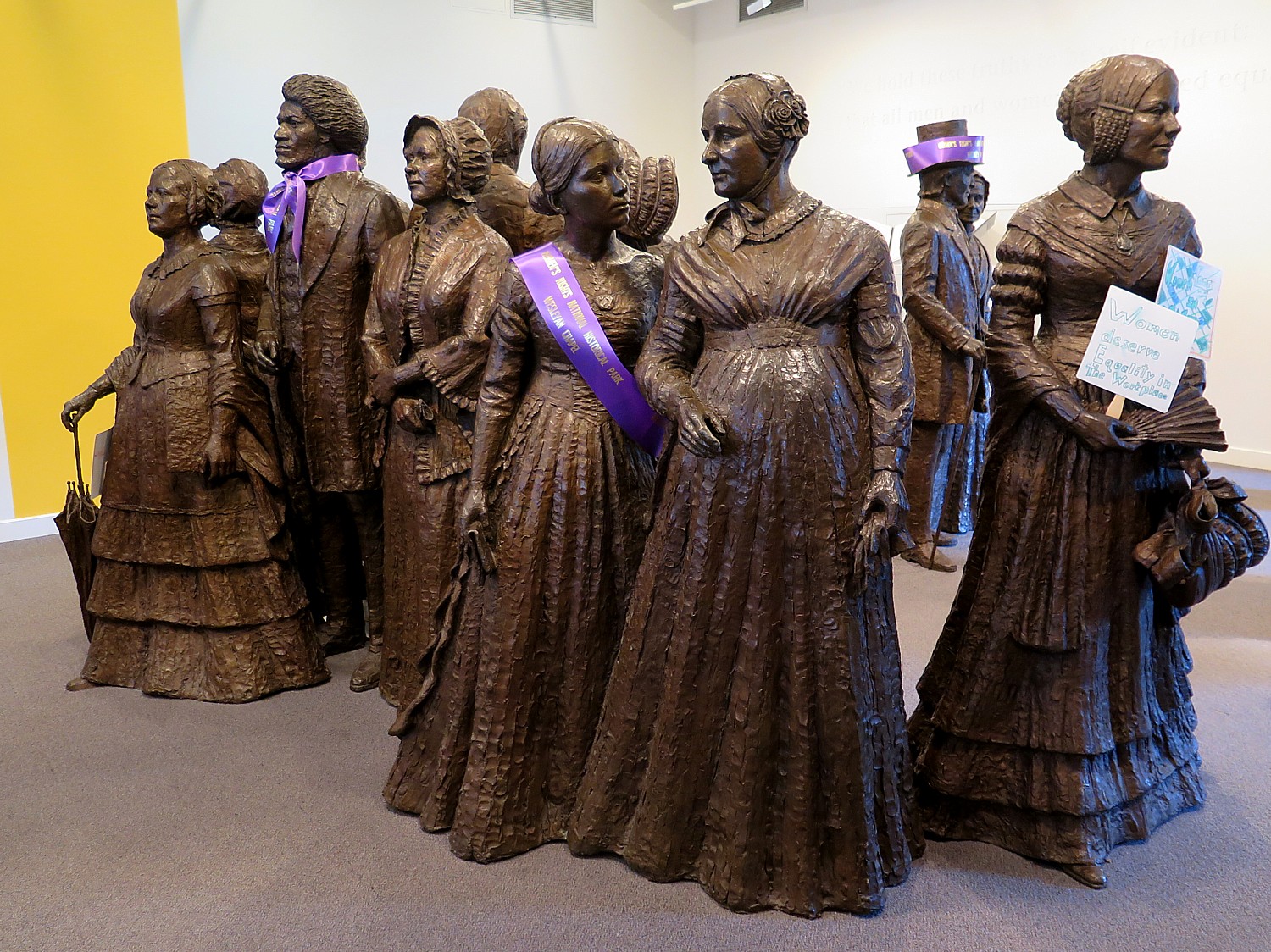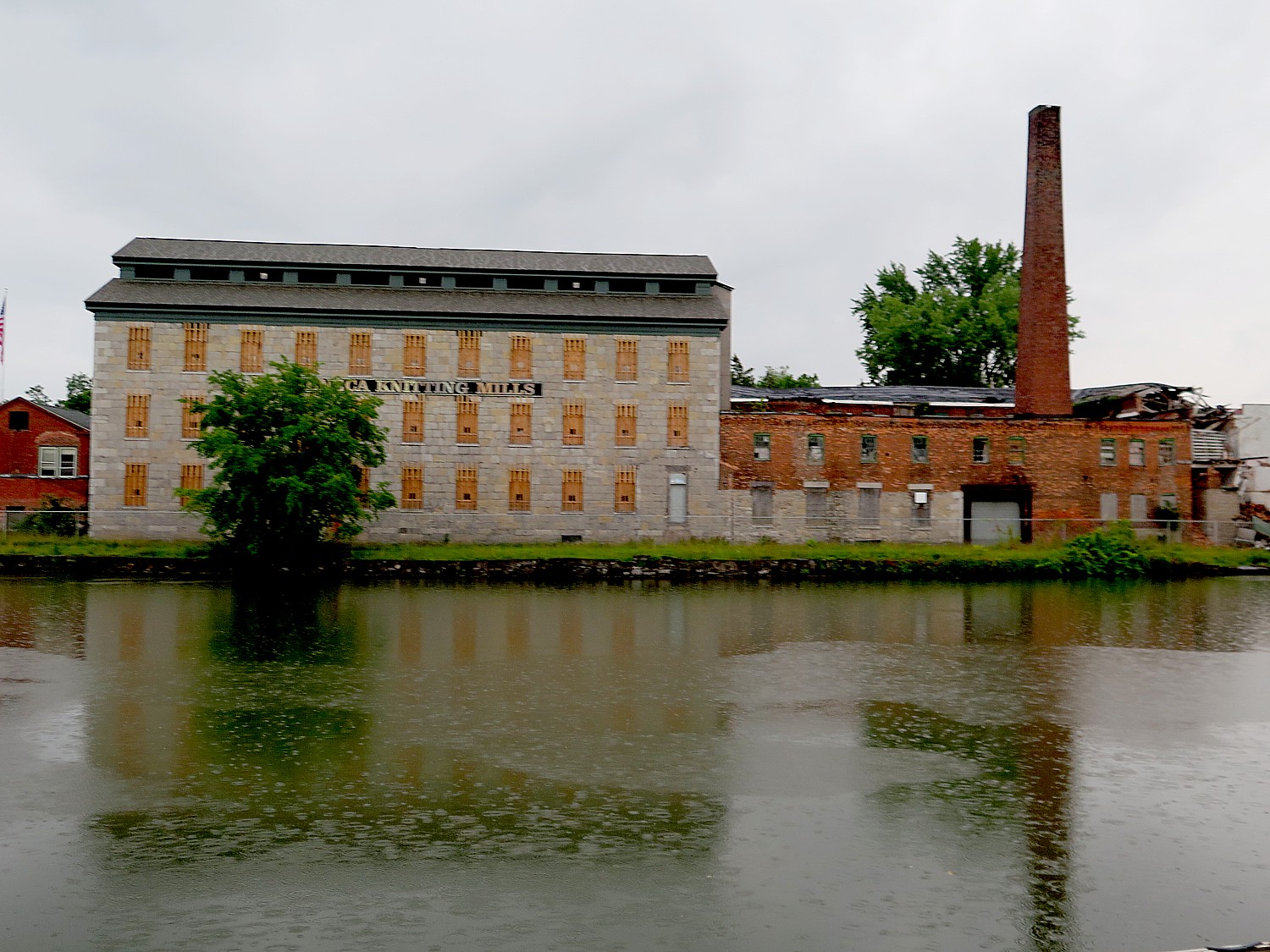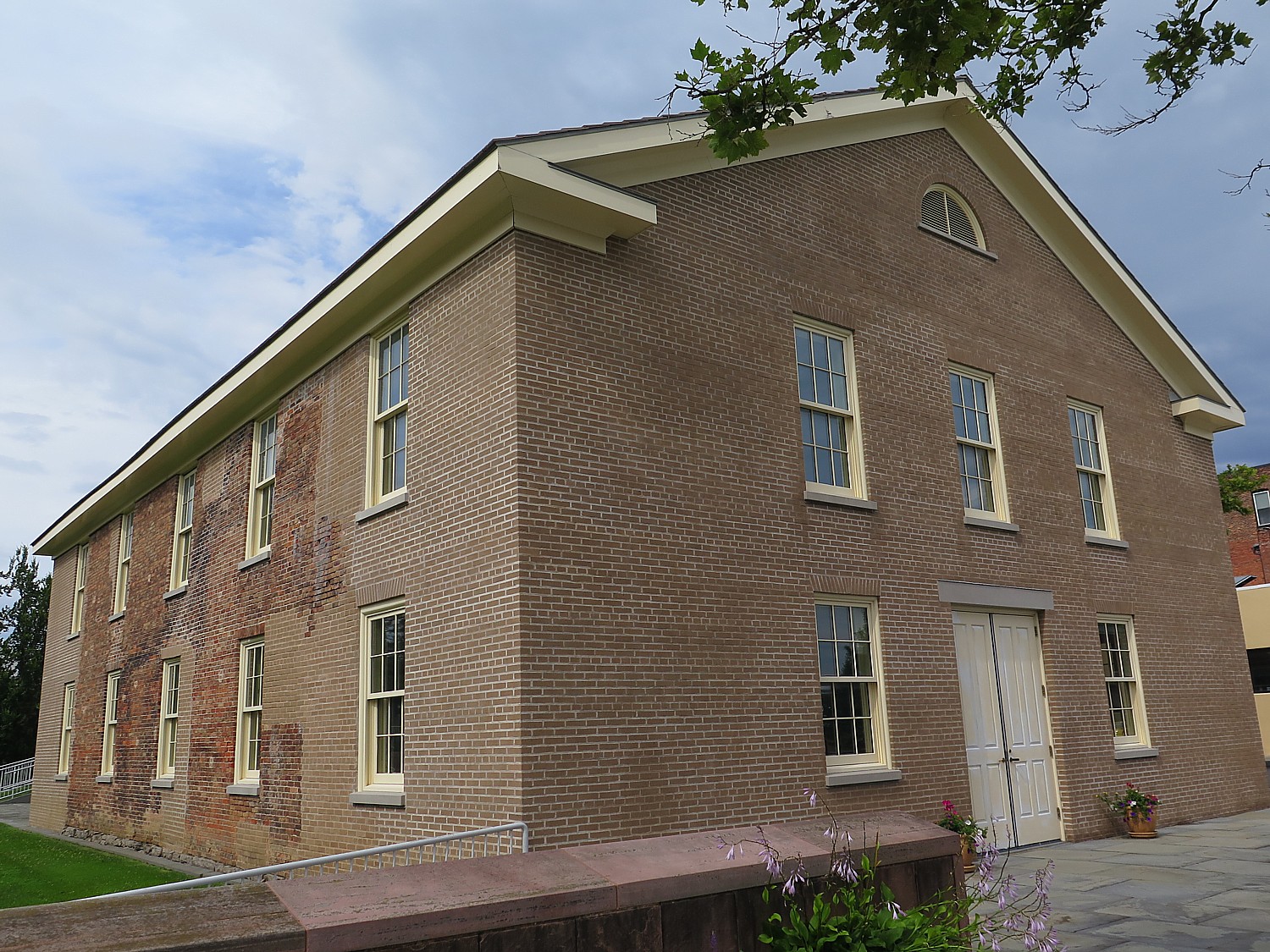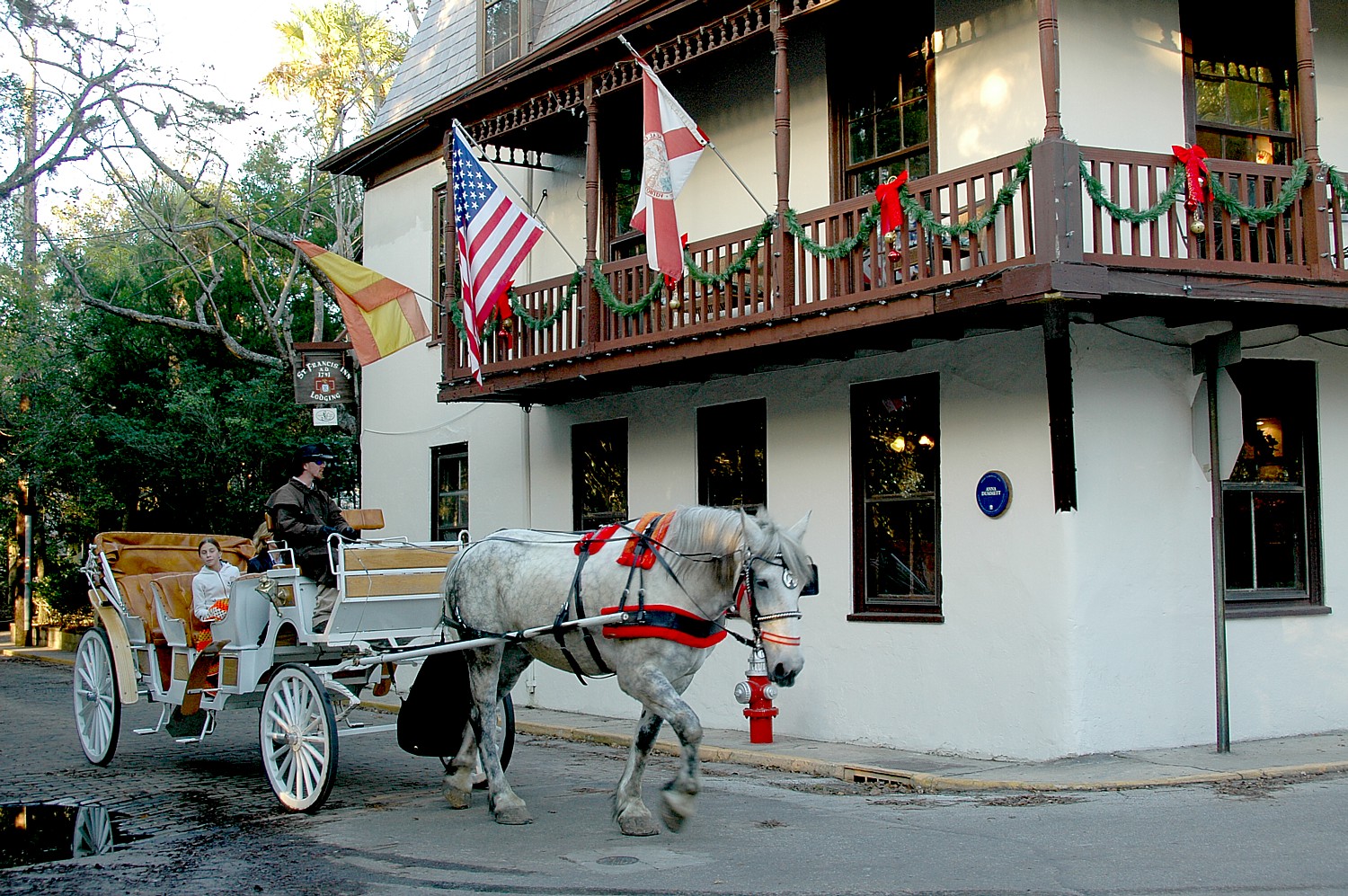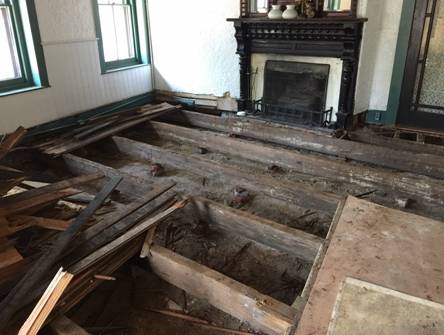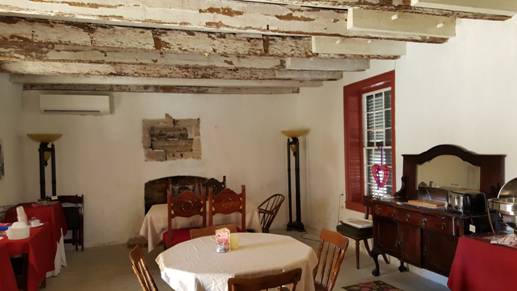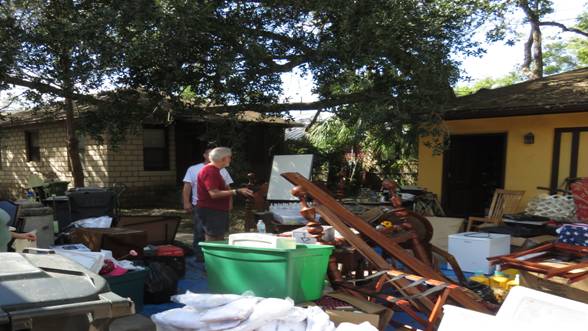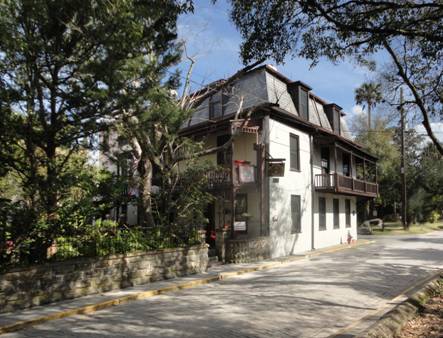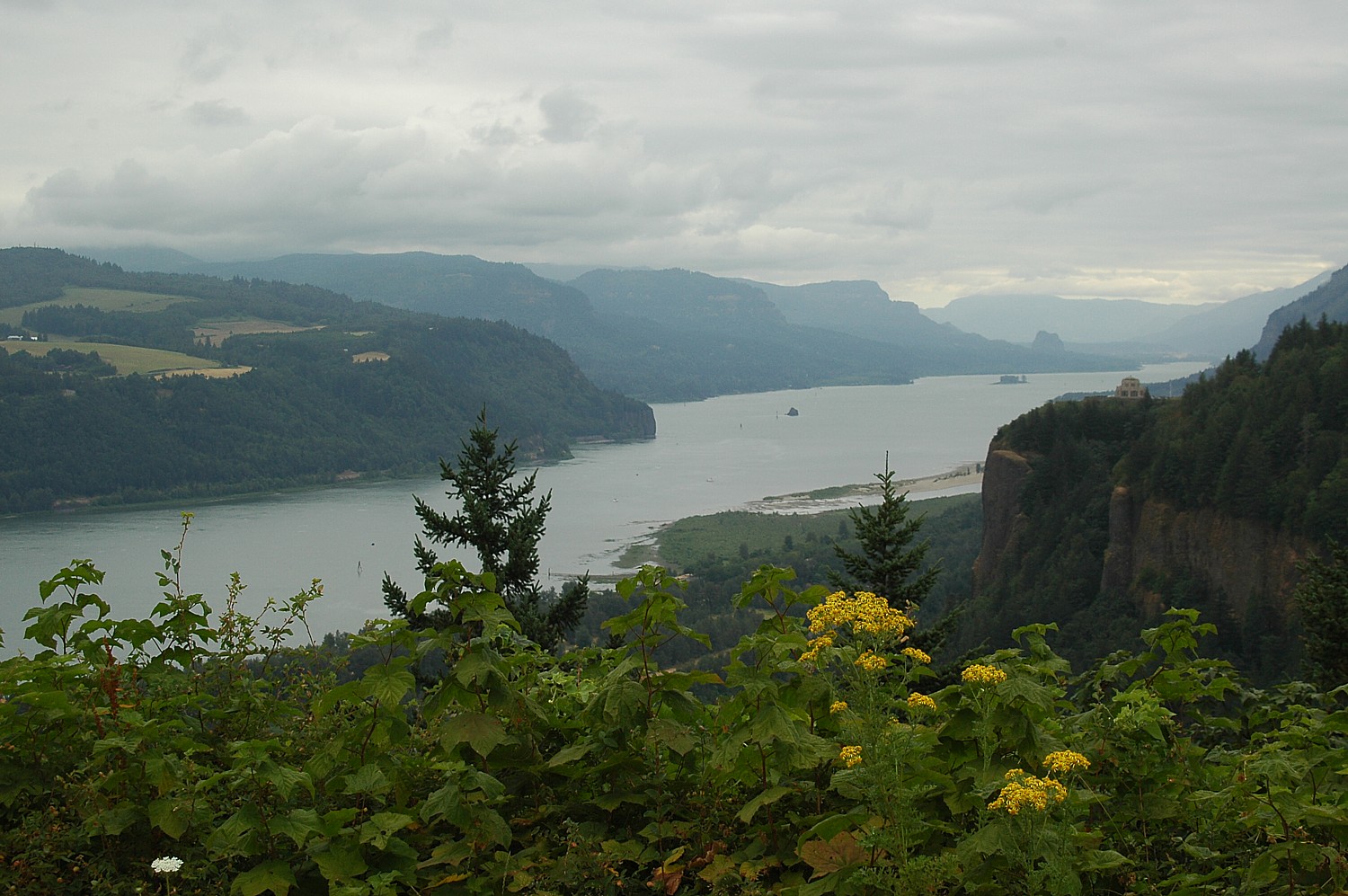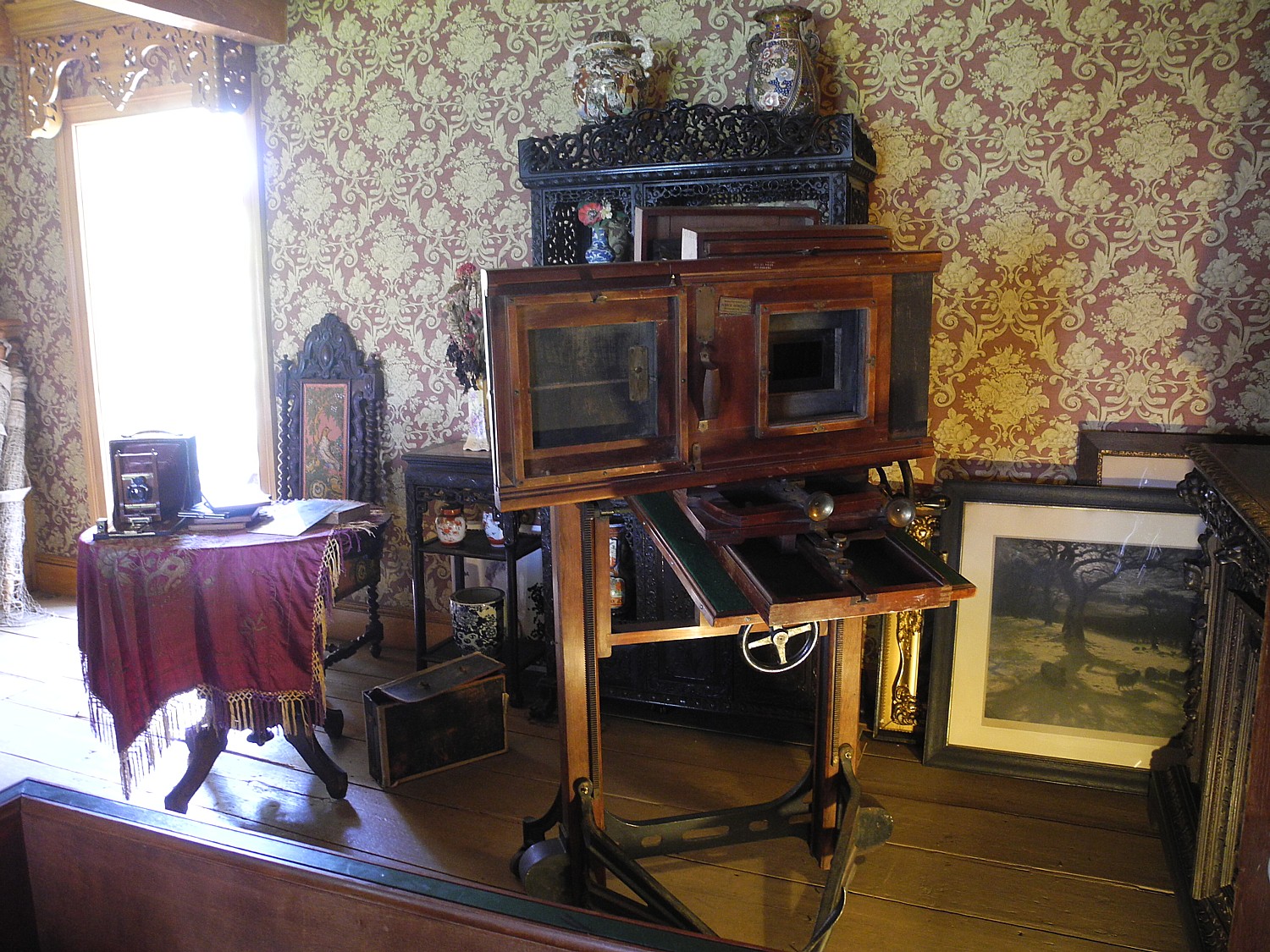
Governor Andrew M. Cuomo announced that the New York State Board for Historic Preservation has recommended adding 23 properties, resources and districts to the State and National Registers of Historic Places. The nominations reflect the striking diversity of New York State’s history and include the home of historic painter George Bellows in the Mid-Hudson Valley, a pocket park in Manhattan, one of the oldest tool and machine manufacturing facilities in Buffalo, and an 1855 eclectic Catskills retreat once home to “The Soda Fountain King” John Matthews.
“These nominations will help communities across this great state preserve the historic landmarks and sites that shaped New York’s rich heritage,” Governor Cuomo said. “By recognizing the very fabric of our cities and towns, New York is shining light on important sites and resources in every region, while supporting community development and encouraging residents and visitors alike to experience the diverse history and culture found in every corner of the state.”
State and National Registers listing can assist property owners in revitalizing buildings, making them eligible for various public preservation programs and services, such as matching state grants and state and federal historic rehabilitation tax credits. Since the Governor signed legislation to bolster the state’s use of rehabilitation tax credits in 2013, the state and federal program has spurred $3 billion of investment in historic commercial properties.
“This designation is an important step in helping the owners and caretakers preserve and improve these assets,” said Rose Harvey, Commissioner of the Office of Parks, Recreation and Historic Preservation. “The preservation of these diverse places will help bolster prosperity and quality of life across New York State.”
The State and National Registers are the official lists of buildings, structures, districts, landscapes, objects and sites significant in the history, architecture, archeology and culture of New York State and the nation. There are more than 120,000 historic buildings, structures and sites throughout the state listed on the National Register of Historic Places, individually or as components of historic districts. Property owners, municipalities and organizations from communities throughout the state sponsored the nominations.
Once the recommendations are approved by the state historic preservation officer, the properties are listed on the New York State Register of Historic Places and then nominated to the National Register of Historic Places, where they are reviewed and, once approved, entered on the National Register. More information and photos of the nominations are available on the Office of Parks, Recreation and Historic Preservation website.
Capital Region
Dunix, Cornwallville – The 1855 Catskill Mountain farmstead was purchased and transformed into a fanciful summer retreat for the family of “The Soda Fountain King” John Matthews (1808-1870), whose fortune was derived from pioneering soda fountain apparatus.
Whitehall Fire Station, Whitehall – The station was completed in 1913 to house the village’s first mechanized, gas-powered fire engine and moved by a team of horses to its present location in 1932 after its original site was claimed for the relocation of railroad tracks.
Central New York
Lipe-Rollway Corporation Building J, Syracuse – Constructed 1920-21, the building is a key site in the city’s diverse manufacturing heritage, known for round-the-clock production of transmissions for tanks and heavy equipment such as the 600-pound transmission for the M-4 General Sherman Tank.
Wampsville Presbyterian Church, Wampsville – The edifice of the first religious organization in Wampsville was built in 1830, altered in 1878, and expanded in 1891 and 1912-1915 while retaining many of its original architectural features.
Finger Lakes
The Lyons Downtown Historic District, Lyons – The district includes 256 resources that reflect the long history of Lyons from late 18th century settlement to early 19th century canal town and later as a governmental and industrial center that lasted well into the 20th century.
Long Island
The Japanese Bridge, Shelter Island – Built c.1905, the ornamental landscape feature designed by engineer and inventor Ernest L. Ransome is one of the only surviving traces of the estate of Francis Marion Smith, the owner of the Pacific Coast Borax Company.
Mid-Hudson Valley
George W. Bellows House, Woodstock – The house was built in 1921 as a summer residence by George Bellows (1882-1925), one of the most prominent young members of the “Ashcan School” of art, who was best known for this early work – typically of boxing matches and urban life painted in a rough, energetic, and bold style.
Kingston City Almshouse, Kingston – Constructed between 1872-1874, the Italianate style structure provided a home for Kingston’s aging and impoverished residents until 1948.
John H. and Sarah Trumbull House, Kingston – Built in 1876, the home was designed by noted architect Arthur Crooks, who blended Gothic features with the Stick style to create an impressive house nestled into the large rocks and ledges in the landscape.
New Guinea Community Site, Hyde Park – The archaeologically significant historic site within Hackett Hill Park was the location of an early free black community, active from ca. 1790 to ca. 1850 during the prolonged process of emancipation in New York, when rural settlements on or near established towns attracted recently freed black migrants who were looking for work, searching for family members separated during slavery, or hoping to find havens away from their former masters.
The Vernooy-Bevier Stone House, Wawarsing – The property includes a limestone house likely dating to the mid-point of the 18th century, as well as a remarkable collection of later 19th century farm outbuildings.
Mohawk Valley
The Upper Genesee Street Historic District, Utica – The buildings in the city’s commercial core embody the history of the community from 1825 to 1972, representing its years of economic success, subsequent decline, and efforts at rejuvenation as a pioneering project of the Urban Renewal program.
The Oneida Downtown Commercial Historic District, Oneida – The district reflects the historic evolution of the city, which emerged as a regional transportation hub and industrial center after the Civil War thanks to the Oneida Feeder Canal and the Utica-Syracuse Railroad.
New York City
Earl Hall, Manhattan – Completed in 1902, the building was among the earliest structures erected on the Morningside Heights campus of Columbia College; it is also an important work by preeminent architecture firm McKim, Mead & White. Earl Hall is also important in LGBT history as the home of the Student Homophile League, officially recognized by the university in 1967, making Columbia the first university in the United States with a gay student group. Beginning in 1970, regularly scheduled gay dances in Earl Hall became one of the most important gay social events in New York City.
Greenacre Park, Manhattan – The 6,360-square-foot park on East 51st Street exemplifies the mid-20th century vest-pocket park movement, which promoted the creation of small urban parks to celebrate urban life after decades of urban renewal and the destruction of vast swathes of urban fabric.
Old Town of Flushing Burial Ground (Martin’s Field), Queens – The burial ground is the final resting place for approximately 1,000 individuals buried between 1840 and 1898, most of whom were Flushing’s poorest citizens, with a large percentage of African American and Native American descent.
The Ridgewood Reservoir, Brooklyn/Queens – Constructed beginning in 1865, the main distributing reservoir for the City of Brooklyn provided water to allow Brooklyn to become the third largest city in the country by 1890, supply the steam engines that made Brooklyn an industrial powerhouse, and become the largest beer producing city in the United States.
The Saxe Embroidery Company Building, Bronx – The 1904 factory building was initially constructed for a family-owned business specializing in embroidered medallions and monograms and ultimately housed a range of small-scale local manufacturing enterprises.
LANAI, Manhattan – Built in 1911, LANAI (now known as ARGO) is the oldest known surviving example of a shallow draft luxury houseboat designed by renowned built builder John Trumpy, built at the Mathis Yacht Building Company.
Western New York
Ingleside Home, Buffalo – Erected in 1929, the Colonial Revival building was designed to serve the institution that provided social and psychological counseling services as well as health care exclusively to women in need through 1976.
Niagara Machine & Tool Works Factory, Buffalo – The 1910 factory is one of the oldest and most important tool and machine manufacturing facilities – specializing in presses, punches, and rotary sheets for government defense contracts – built and operated in Buffalo in the 20th century.
Westminster House Club House, Buffalo – The 1909 building is one of the only remaining buildings in the city affiliated with the Settlement House Movement, whose social workers conducted extensive community outreach within the surrounding neighborhood, as well as offering educational and recreational programming at the club house.
The West End Historic District, Springville – The intact enclave of residential and religious architecture that grew up west of the village center during the 19th and 20th centuries, spurred by the 1878 opening of the Springville & Sardinia railroad.
For more travel features, visit:
www.huffingtonpost.com/author/karen-rubin
goingplacesnearandfar.wordpress.com
travelwritersmagazine.com/TravelFeaturesSyndicate/
goingplacesfarandnear.tumblr.com/
instagram.com/krubin0830/
instagram.com/famtravltr/
‘Like’ us on facebook.com/NewsPhotoFeatures
Twitter: @TravelFeatures
